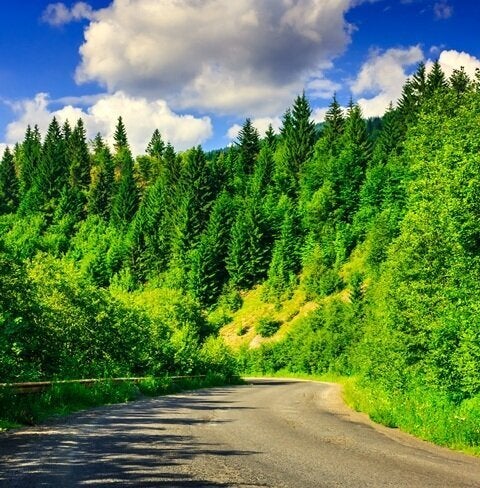Today, on International Day of Forests, think about the last time you had a walk in a forest. You probably enjoyed its beauty and calmness, the picturesque scenery, the hushed sounds and inhaling its fresh air. Although these wonderful things seem to be free, they have a tremendous value. This value is not easy to assess. How do you put a financial value on ecosystem services? Yet we have to place an appropriate value on them to understand what is at stake if we destroy them.

Forests are very valuable. Recent research assesses the value of the services provided by forests at $16.2 trillion per year and wetlands' services at $26.4 trillion per year. Together, this is more than 50% of global GDP! You might think this mostly represents the value of the timber resources. Actually, more valuable than the timber produced are the services provided by forests - services like the production of fresh air, the purification of water, the protection against erosion or noise. Tropical forests have been drastically decreasing in the last decade. This is in contrast to boreal and temperate forests, which are the main forest types in the pan-European region. In the past 15 years the area covered by forest in this region has increased by 30 million ha, approximately the size of the United Kingdom! UNECE has contributed to this success story by actively promoting the sustainable management of forests in close cooperation with FAO. I have personally made a very modest contribution by planting 10 hectares of new forest on my farm in Denmark.

Fresh water is even more valuable for all forms of life. From a global perspective, freshwater renewal is the most valuable ecosystem service, according to the earth index. Its estimated value is almost equivalent to global GDP. These numbers also highlight the tremendous value of ecosystems that are closely linked to the generation of fresh waters, including forests. The renewal of water supplies is highly dependent on filtering soils and healthy wetland and forest ecosystems. Wetlands, which are diverse and productive ecosystems, are especially threatened by degradation and conversion to other uses. The decrease of wetlands between 1997 and 2011 was estimated to be 142 million ha, at a cost of $9.9 trillion/year. This loss is 40 times higher than my home country's economic value (GDP Denmark $250.4 billion).
Within the Sustainable Development Goals, the international community set a target to "ensure the conservation, restoration and sustainable use of terrestrial and inland freshwater ecosystems and their services, in particular forests, wetlands, mountain and drylands" (Goal 15). However, what blocks progress on Goal 15 is often that the value of these ecosystems is too often ignored in macroeconomic policy debates. A better understanding of the economic value of ecosystems is an important factor helping policy makers in all countries to take appropriate action.
Think about the great gifts we receive from forests the next time you drink a glass of tap water.
